Despite the fact that raw peanuts are technically classified as legumes rather than nuts, they have the same storage challenges as nuts.
You may be wondering where to store them and how to keep them fresh longer.
Due to the large amount of oil in it, peanuts will spoil quickly if not stored in the right conditions.
Peanuts can spoil for various reasons.
The rate of rancidity in peanut oil is accelerated by heat, while mold develops in contact with moisture.
Mold growth on peanuts can lead to the production of potentially deadly chemicals called aflatoxins.
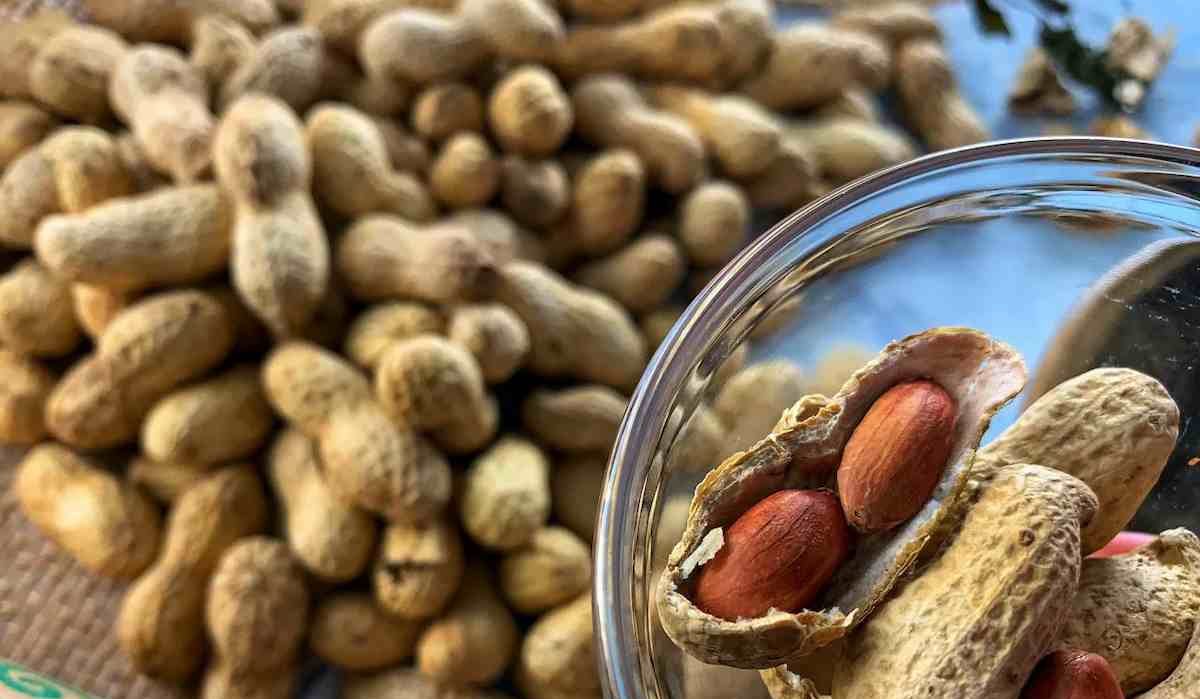
On the other hand, peanuts in the United States and the vast majority of other countries are subject to rigorous testing for aflatoxin contamination.
Peanuts should be stored in a dry, cool and moisture-free environment to prevent them from spoiling. If you plan to use them in the near future, just store them in the pantry or closet.
If you need to store something for a long time, preferably use a refrigerator.
The shelf life of peanuts that are stored in the refrigerator is two to three times longer than their non-refrigerated counterparts.
Place the peanuts in an airtight container, such as a plastic tub or freezer bag that can be sealed.
Peanuts are packed in their own small containers. To ensure they last as long as possible, store them in your shell.
When properly stored, unshelled peanuts should be edible for up to two months, while shelled peanuts may only be edible for a few weeks. How long peanuts can be kept fresh in the refrigerator is not affected by their shell.
Store your peanuts in the freezer at 32 degrees Fahrenheit or below for the longest possible shelf life. When peanuts are stored in this way, they can maintain their quality for up to a year.
Keeping your peanuts at an even colder temperature will kill any potential insect pests, as well as their eggs if they’re really raw.
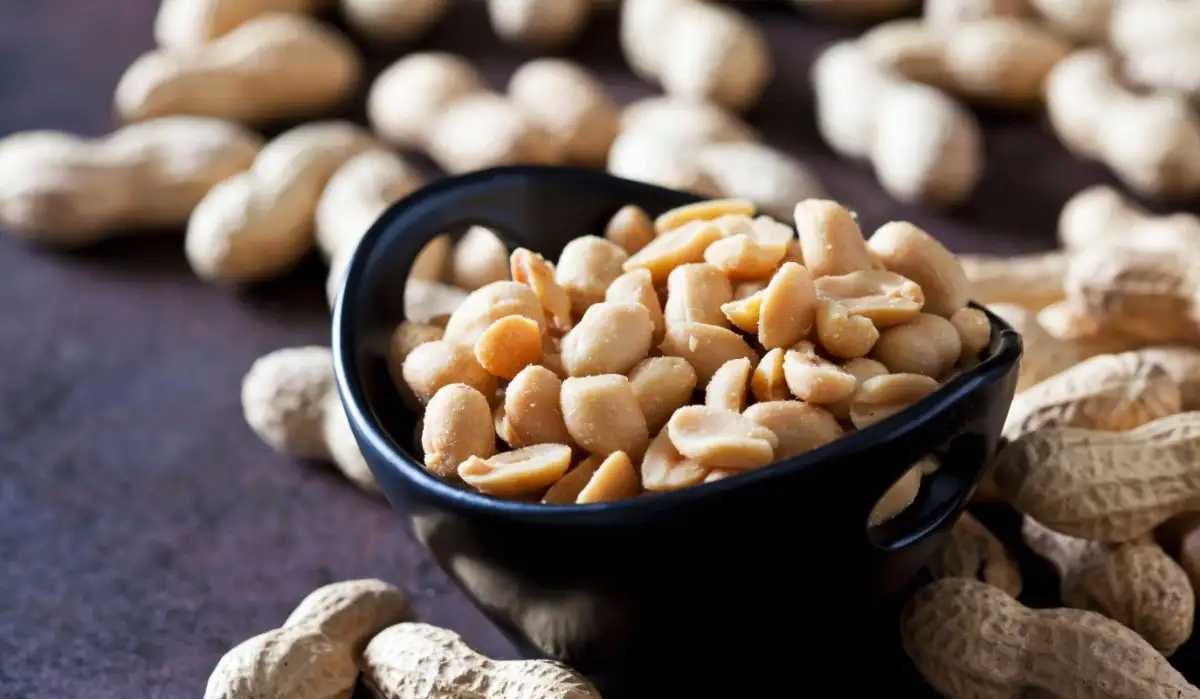
Peanuts that come straight from the ground and not from the store are considered truly raw.
Store them in sub-zero temperatures, which is lower than most home freezers.
Having a source of raw peanuts, also known as green peanuts, allows you to use them in any way you like, including roasting.
Compared to roasted, dried or boiled peanuts, the shelf life of raw peanuts is significantly shorter due to their high moisture content.
When they are prepared properly, cold storage has the potential to extend product shelf life indefinitely.
Blanching, which is basically a brief boil, is necessary to prepare raw peanuts for long-term storage.
Enzymatic processes that cause them to break down quickly slow down when they are bleached.
Step 1
The outer shell of the peanut should be washed in warm water with some dish soap to remove any dirt that may be on the shell. Wipe in clear water.
Step 2
Boil a pot of water in a separate container. Boil the peanuts in their skins for ten minutes.
Step 3
Put the peanuts in a colander and let them drain. Allow the peanuts to cool until they feel warm to the touch.
Step 4
Place the peanuts in an airtight container or bag that will keep in the freezer. The date should be written on the bag label.
Step 5
Place peanuts in the freezer at zero degrees Fahrenheit and let them stay there for at least five years and up to ten years.
You can store them in the refrigerator for up to nine months and for a shorter period of time.
Raw peanuts have a long history as a popular snack in the United States and can be cooked in a variety of ways.
For starters, boiling peanuts, in all their juicy and delicious beauty, is the mainstay of any glorious road trip.
Boiled peanuts are a must on any good road trip.
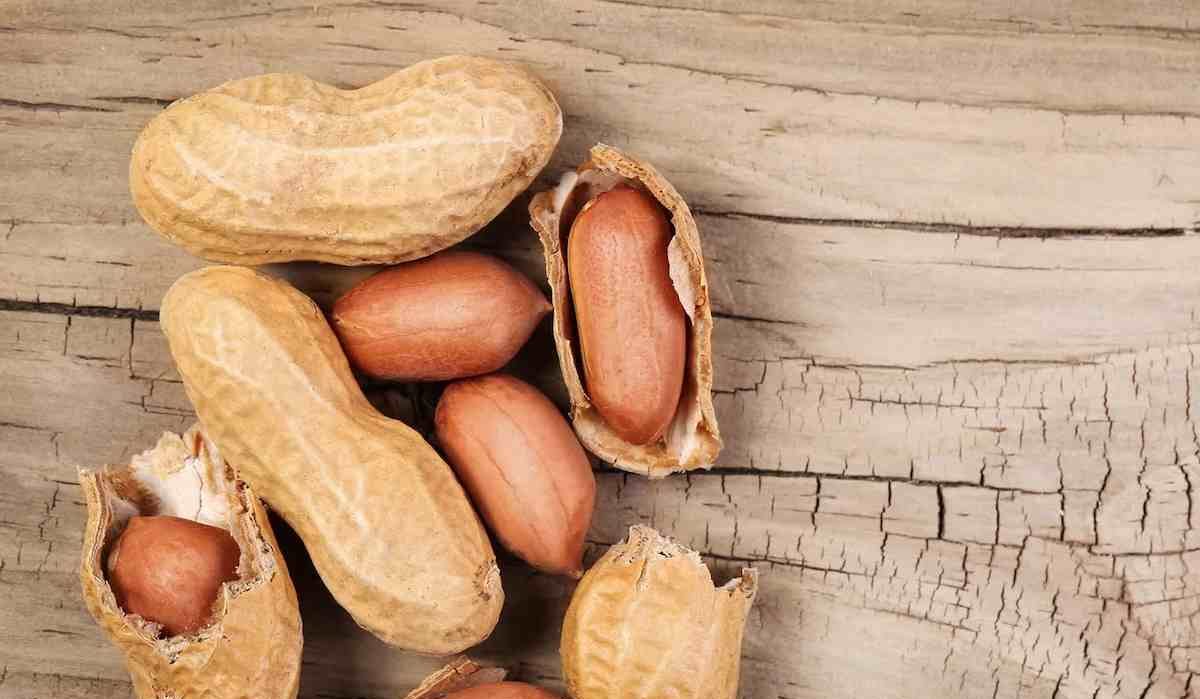
It goes without saying that roasted peanuts are essential to enjoying a baseball game.
And this is just the beginning of the different ways of cooking and consuming raw peanuts. There are many other possibilities
Learn how to harvest, store, and prepare raw peanuts for any occasion by reading the information provided in the following paragraphs.
How to choose and store unroasted peanuts in a safe place
Since peanuts are grown underground and brought to you directly from the farm, it is imperative that you thoroughly inspect your peanuts to make sure they are free of any mold, moisture, or insect contamination.
In addition, to maintain the quality of raw peanuts, they should be stored in a closed container in a dry and cold place, or if the skin is peeled, it should be stored in the freezer or refrigerator for up to six months.
How to cook raw peanuts and peanut butter
When properly prepared and cooked, raw peanuts offer incredible versatility and can be enjoyed in a variety of ways.
Before adding your desired seasonings and frying them, you should make sure to run the peanuts two or three times under a stream of hot water and then dry them with paper towels.
Place the peanuts in a single layer on a baking sheet, preheat the oven to 350°F, sprinkle with your favorite spices, and bake the peanuts for 20-25 minutes until they are at their best.
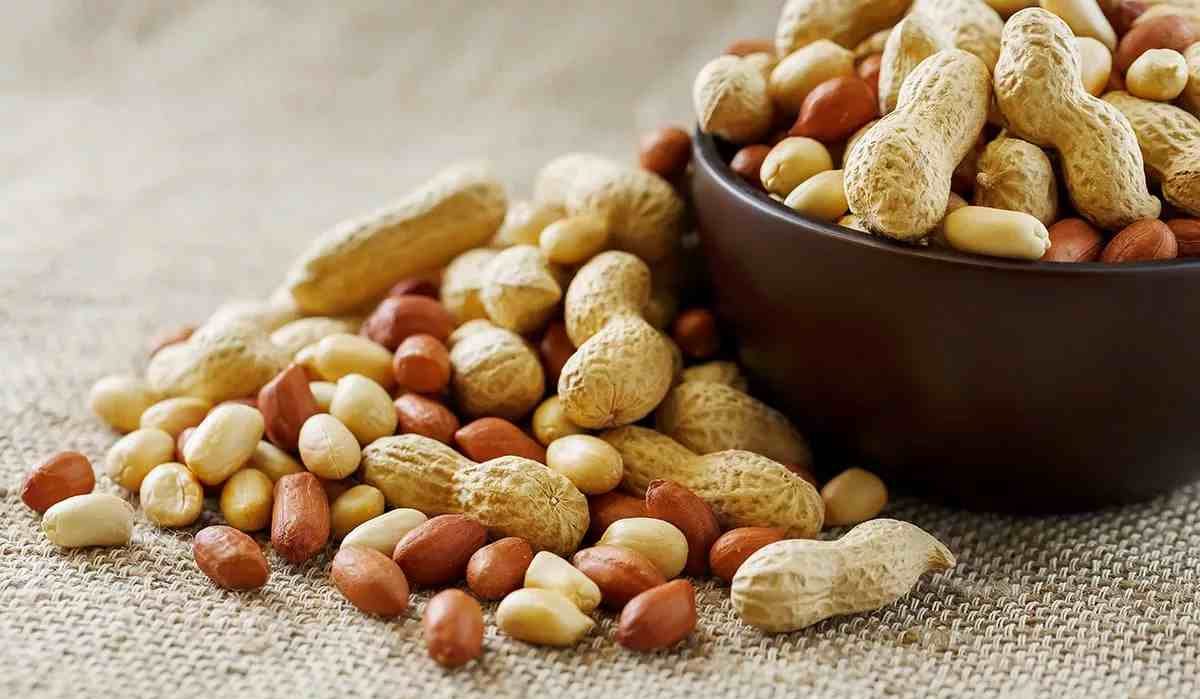
Additionally, boiling is a great way to prepare raw, ready-to-bake jumbo peanuts that are still in their shells.
Looking for something with higher nutrient content? No need to look any further. Research conducted by the USDA found that roasting peanuts can increase the number of antioxidants in a serving.
The recipe with the most flavor
Now on to the juicy details. Organizing a backyard cookout? Try this delicious recipe for Boiled Spicy Peanuts, which is sure to be a hit.
You and your family are going on a road trip and you can use delicious snacks.
As a mid-trip snack, you should prepare a few servings of roasted or fried peanuts in sweet, salty, or spicy flavors for each passenger to enjoy.
Looking for more ideas? To prepare a delicious topping for salad or dessert, roast some peanuts with honey and sugar.

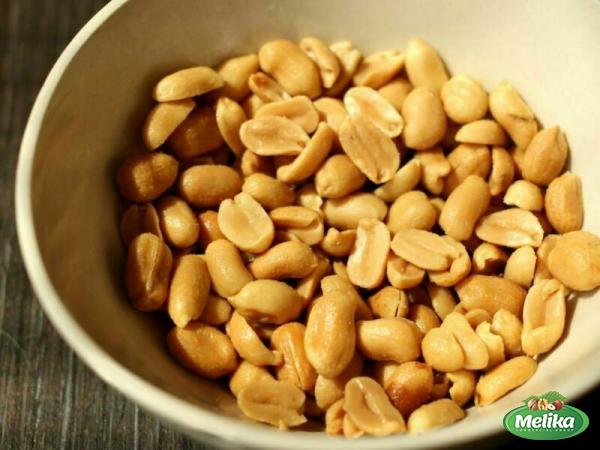
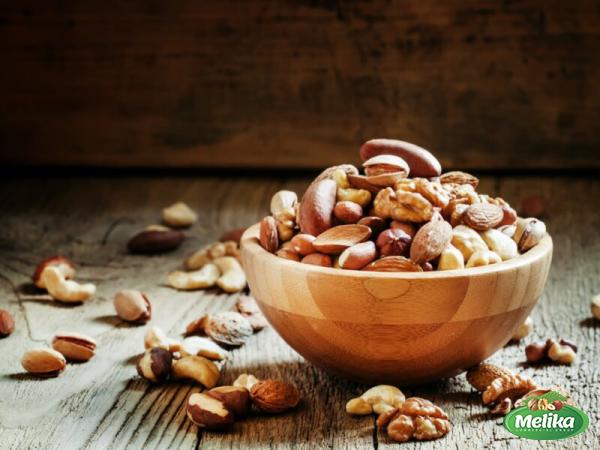
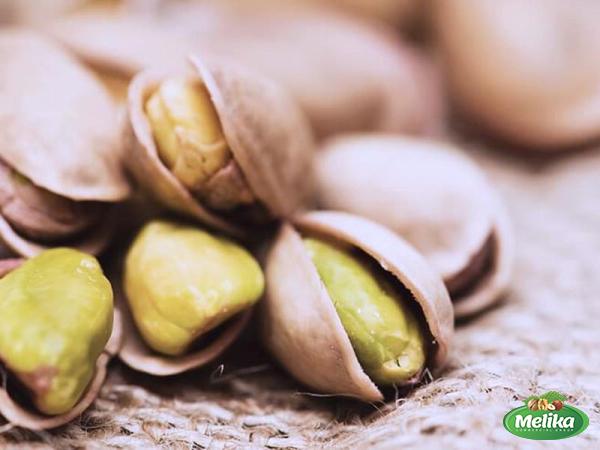
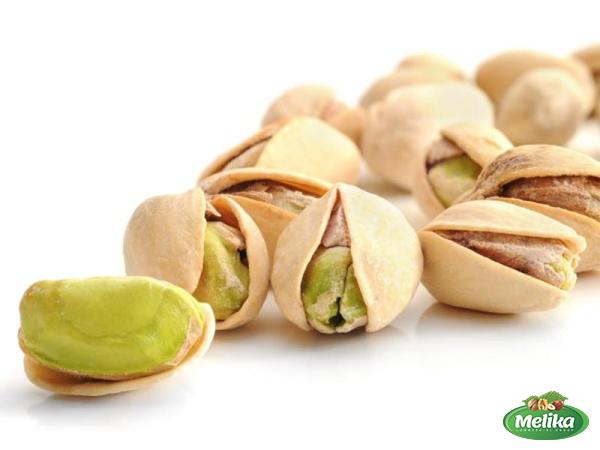
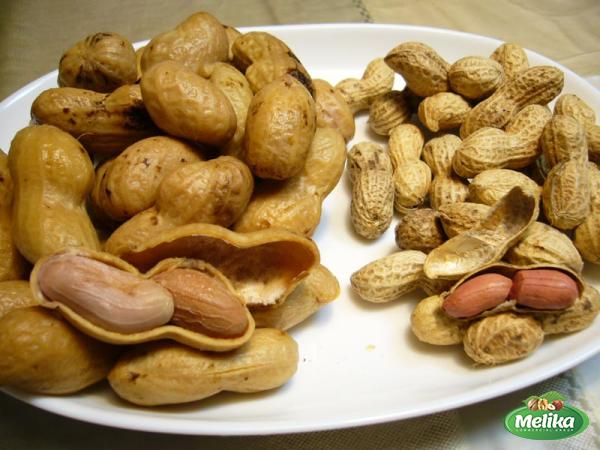
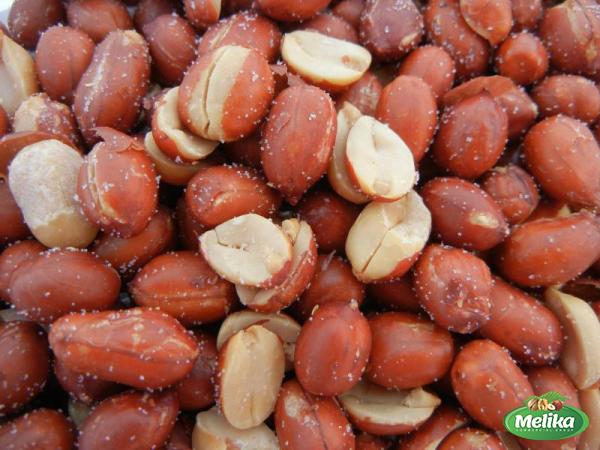
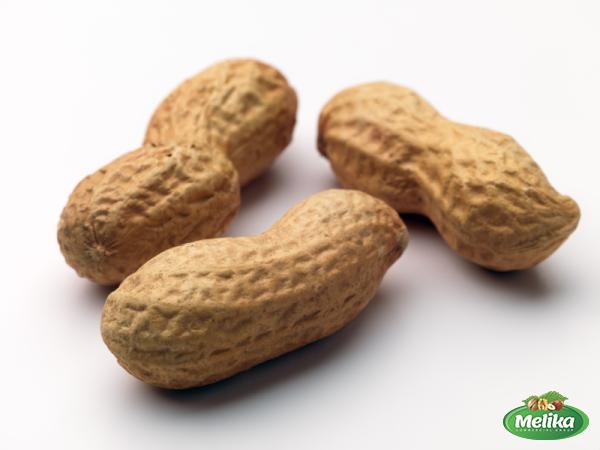
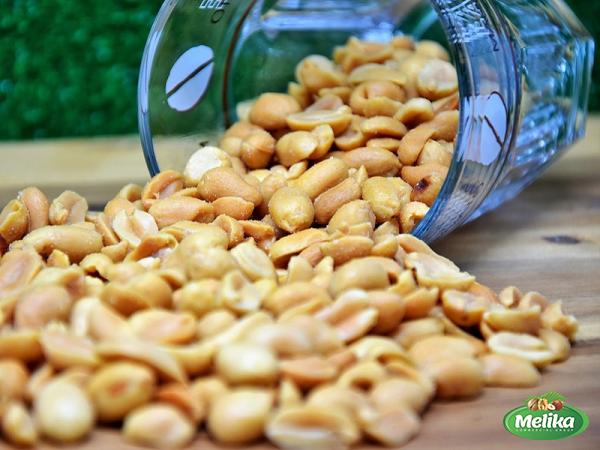
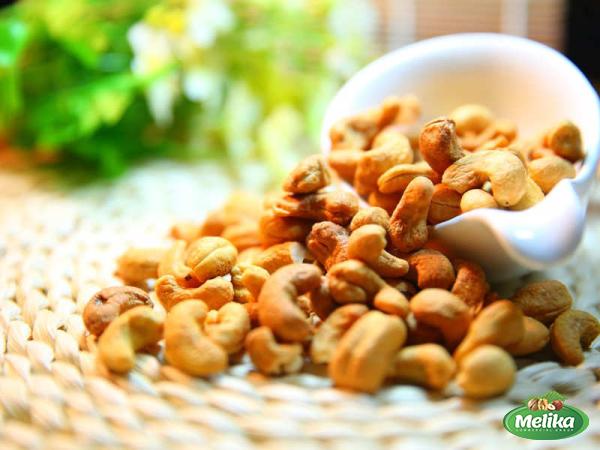
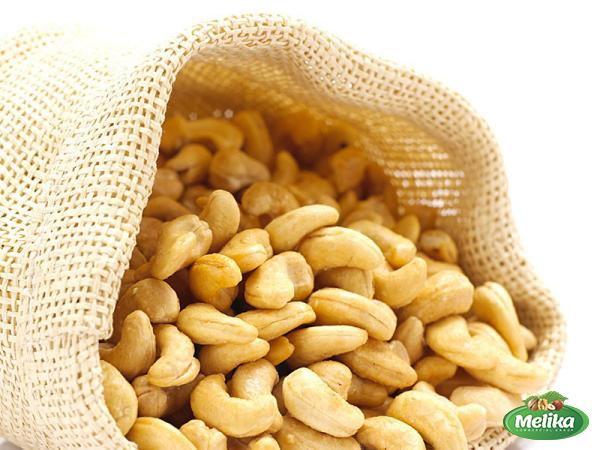
Your comment submitted.